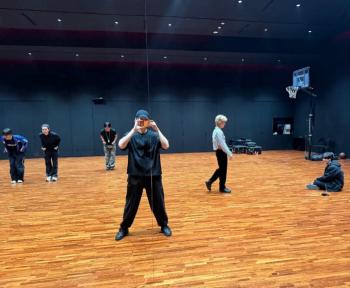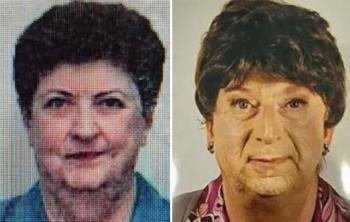Fifty-seventies common in their 50s and 60s, should be caught in the early stages to protect their shoulders for the rest of their lives
Nov 25, 2025
|
According to health insurance medical statistics over the past three years, people in their 50s and 60s accounted for the largest proportion of patients who visit hospitals with frozen shoulders. The reason why it appears a lot mainly in the middle-aged is that aging reduces the elasticity of the tissues around the shoulders and makes it easier for inflammation to accumulate. In addition, repeated shoulder habits such as long computer work, housework, and heavy transportation also increase the risk of developing. It is also known to be more common in people with metabolic diseases such as diabetes and thyroid disease.
Most patients show improvement with non-surgical treatment such as medication, physical therapy, and stretching. When the pain is severe, anti-inflammatory drugs and intra-articular steroid injections are helpful, and when the pain subsides somewhat, full-fledged joint exercise is necessary. Representative exercises include 'wall riding', pendulum movement to draw a circle with arms hanging down, and internal and external rotation stretching using towels.
In recent years, joint hydraulic expansion surgery, which increases hardened tissue by injecting physiological saline into the joint sac, has also been widely performed. If there is no improvement or severe movement restrictions even after treatment for more than 6 months, arthroscopic arthroplasty is considered.
Professor Kim Hyun-gon of Orthopedic Surgery at Korea University Ansan Hospital said, `Fifty shoulder is often thought to be a disease that heals itself over time, but if left unattended, the pain can become chronic and the range of shoulder movements can be limited"If possible, getting specialist treatment in the early stages of pain and starting active rehabilitation treatment creates a good prognosis" he advised.
|
This article was translated by Naver AI translator.















